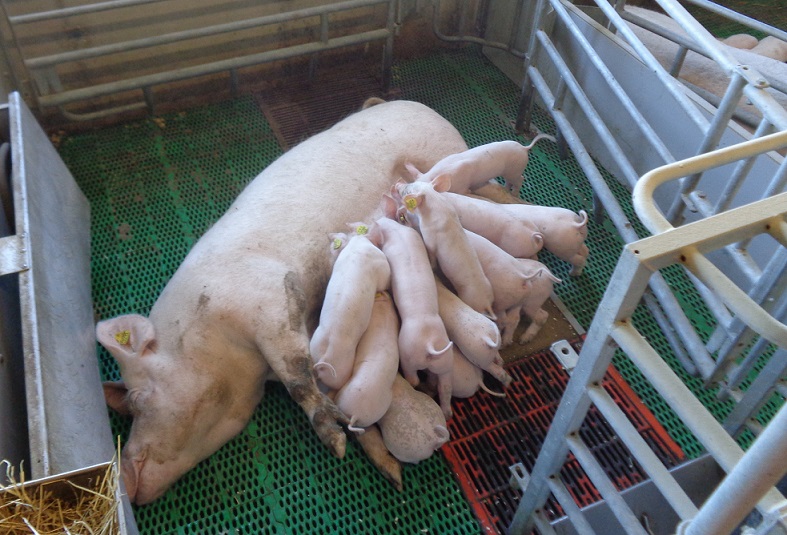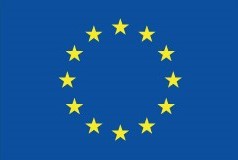- Home
- EU PiG – Birth management in loose farrowing systems
EU PiG – Birth management in loose farrowing systems
Piglet losses during lactation have been reduced from 25% to 15% on this breeding unit, equipped with a Pro Dromi loose farrowing system. Management changes were key to reducing these losses and included changing sow genetics, optimising feeding and close observation and intensive care of piglets.
Ambassador: Doris Verhovsek, Austria
Publication date: June 2019
Theme: Animal welfare
Challenges: Loose farrowing systems
The initial investment costs of the change in genetics and the increased workload in the first few days after birth have been outweighed by the financial gain from the increased number of weaned piglets.
Loose farrowing system
Benefits
- Piglet losses were reduced from 25% to 15% when the management changes were implemented at the end of 2016
- The number of litters/sow/year increased by 9%
- Pigs born dead decreased by 21%
- Pre-weaning mortality dropped by 38%
- Sow mortality dropped by 2%
- Rearing daily weight gain increased by 14%
Costs
- Total costs on farm were lower by 7.6% per piglet. This is attributed to the lower mortality parameters resulting in higher weaned pigs per sow (22.2 to 27.6)
- Labour input (hours/sow/year) increased by 20%
- Sow feed consumption increased by 15%
- Changing genetics – €13,230 per ca. 140 sows (depreciated over three years), plus additional breeding permission of €1,932 per year
Loose farrowing system in practice
The Pro Dromi system offers 7.5 m2 of space with a corner ‘nest’ for the piglets, including a heated floor which prevents crushing when the sow is loose. It allows for temporary confinement of the sow and a large creep area where the piglets can be locked if needed.
- Genetics were changed to Swiss pure large white from Austrian pure large white
- Feeding is optimised by providing soaked linseed five days prior to and three days after birth
- On their day of birth, piglets are put in the creep area while sows are feeding, and on days two and three, the team observes and monitors sows and piglets during feeding
- Troughs are thoroughly cleaned
- Jute bags and hay are provided as nesting material on the floor in addition to a hay rack. Skin drying agents and bedding material used in creep area and on the floor
Case studies
Technical reports
 EU PiG
EU PiG
Animal welfare best practice challenges
Strategies for dealing with piglets from hyperprolific sows
Strategies to reduce aggression between animals
The quality of the farm atmosphere
Contact us
To access more information, contact RPIG (Austria): Andrea Ladinig or EUPig@ahdb.org.uk
This project has received funding from the European Union`s Horizon 2020 research and innovation programme under grant agreement No 727933.
 Government logo
Government logo

